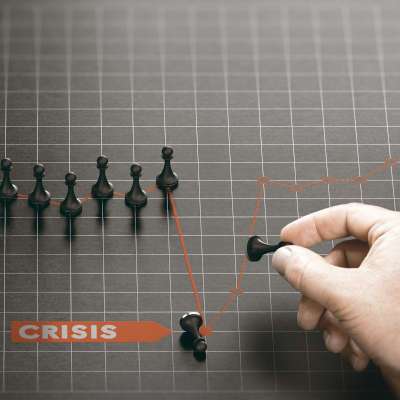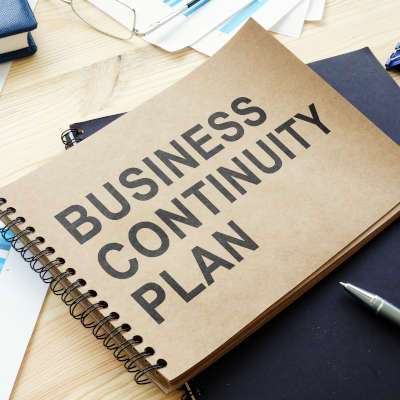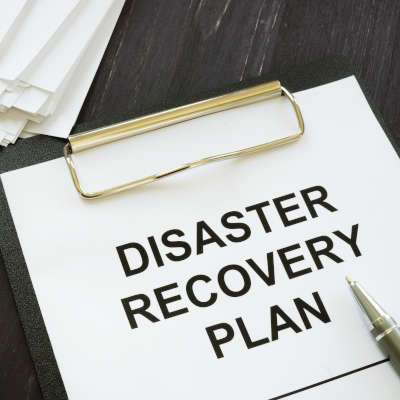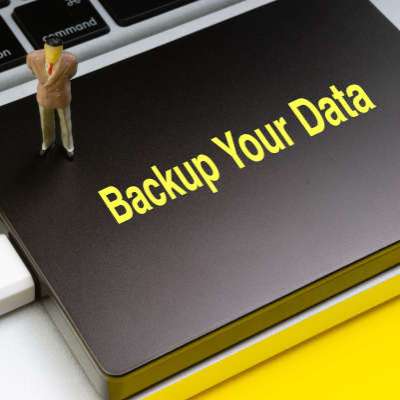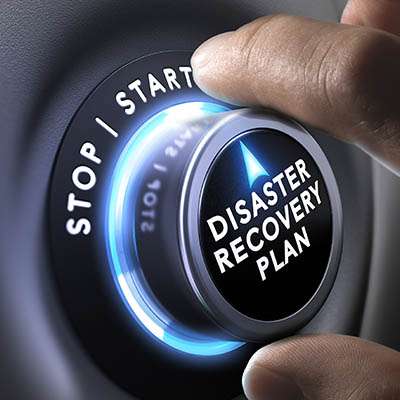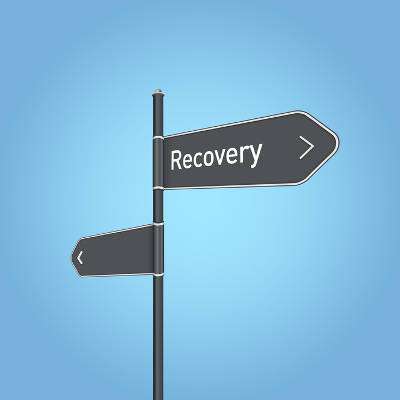No one ever hopes that they have to take advantage of their disaster recovery solution, but it is something that every business needs to have in order to sustain operations even in the worst of times. Comprehending how these solutions work, as well as the goals your organization has for them, are imperative to recovering post-disaster.
Macro Systems Blog
Companies of all industries and sizes need to account for various disasters that could sink operations and lead to significant costs associated with downtime. It is your responsibility as a business owner to identify what these disasters are and take steps toward addressing them, preferably before they become major issues that cost your business time and money.
Headlines have been filled with news pertaining to the recent hack of Colonial Pipeline, which resulted in significant gasoline shortages up the east coast of the nation. While the pipeline has been restored, the way this was accomplished sets a dangerous precedent. Furthermore, the attack seems to have set off bigger infrastructural changes in the political space.
As much as you hope it will not happen to your company, a disaster could strike at any time; statistics have shown as much to be true. To remove some of the risks associated with disasters and the data loss they lead to, Macro Systems recommends that you implement BDR into your business continuity strategies.
Not all companies will look at disaster recovery the same way, but if you want your business to have the kind of continuity that will allow it to get through tough situations, doing your best to formally create a disaster recovery policy will put you in the position to weather any storm you encounter.
Situations occur all the time to businesses that can place a lot of stress on their ability to sustain operations. These situations usually don't remediate themselves; every business needs a business continuity plan; and one-in-five don’t have one. Below we break down a successful plan into its components to try to give businesses that may not have a plan the basics required to establish one.
Many small businesses in the United States are in a catch-22 due to the current pandemic. While reopening too soon could contribute to a COVID-19 infection resurgence, there is also a very real risk associated with reopening too late. To help avoid either scenario, the right technology solutions will prove to be indispensable.
Disasters, at least in the business sense, always seem to be underestimated. While you usually hear about disasters that are often seen, there are some that can go under the radar until they strike. However, regardless of the nature of the disaster, you need to be prepared to maintain both your operations and your communications to some degree.
Disasters happen. Although this may not be the kind of thing you want to consider in terms of your business’ operations, it is something that must be done if you want to be prepared for the moment when a disaster occurs (as so many businesses are now learning firsthand). Listed below are a few best practices and tips to help you stay positive during this, and other, serious crises.
Every business needs a continuity plan (BCP) so that if their business is forced to deal with any problems, they have a working plan in place to get the business back up and operational as soon as possible. It’s one thing to have it all written down on paper, outlining how things are supposed to go, and quite another thing to have a working strategy when faced with operational interruptions. Listed below are some of the basics of business continuity to help you comprehend all that goes into a successful plan.
While COVID-19 has mostly dominated the public awareness and created massive interruptions to businesses of all sizes, small businesses have clearly been impacted the most, essential and non-essential businesses alike. Naturally, this doesn’t mean that large enterprises and corporations aren’t also impacted. The difference is that these enterprises and corporations are sometimes better equipped to do something about it… which many have.
March 31st is World Backup Day, which makes it the ideal opportunity to share the benefits of having a comprehensive backup plan. Alas, the current COVID-19 pandemic and the resultant business interruptions make World Backup Day only too timely this year. Below we'll examine how these tough times make a business continuity strategy and data backup all the more critical to have.
COVID-19, or coronavirus, has become a serious global health concern over the past couple of months. At this point, it is clear that this disease could have major impacts on the workplace. We wanted to offer a brief rundown of good workplace and network health practices, as well as a few pointers on how you can handle health-based employee absences.
In business, having contingency plans for potential issues tends to be advantageous for the business that wants to fend off catastrophe. When you are dealing with information technology (specifically data), ensuring that it is protected against loss in the face of the variety of threats out there is an undertaking in itself. A disaster recovery strategy governs the processes a business develops to recover to restore operations in a manner that will keep the business in business. Below is a look at two of the core variables of a disaster recovery strategy: RPO and RTO.
When this blog talks about backup and disaster recovery (BDR), it might appear as though we’re talking about a single process; after all, there’s just one acronym for it. Nevertheless, while these two processes are related to one another, backup and disaster recovery each require a different preparation process, with different considerations made for each.
Data backup is one of the most imperative aspects of maintaining a business, but it’s not something that some businesses even consider until it’s too late to reverse the damage done. In any case, data backup is a vital part of any successful business, but it’s not as simple as implementing a solution and praying it works. Let's go through the proper steps for making sure your business has a successful data backup solution when it’s needed most.
Business disasters come in different shapes and sizes, which makes it all the more critical that you take the time to prepare for any that your organization may be vulnerable to. This strategy needs to contain numerous considerations, based on the scenario at hand; there is no shortage of events that can lead to disaster in the business world.
Hurricane season can be a terrifying time for business owners; those in at-risk climates can never feel safe from these types of unpredictable and catastrophic disasters. In particular, those who aren’t prepared to face this destruction are in significant danger of having their businesses ended for good following a disaster event like a hurricane. Let's help you make sure your organization doesn’t suffer this same fate the next time a disaster occurs.
With Hurricanes Florence, Helene and Isaac causing problems around the globe this month, it seems as good a time as any to discuss preparing your business for hurricane season Preparing your organization for events like these is vital to its survival, making it crucial that you know what your responsibilities are when awaiting a potentially devastating event such as a hurricane.
Data backup is an imperative aspect of any business endeavor; if you don’t have one all of your hard work could be lost in a second. It’s not pleasant to think about, but your organization's infrastructure could be put at risk of sudden annihilation. With so much at stake, what is the best way to approach managing your data? There are a lot of options out there, but there is only one that will allow your business to get back in action following a data loss incident.






